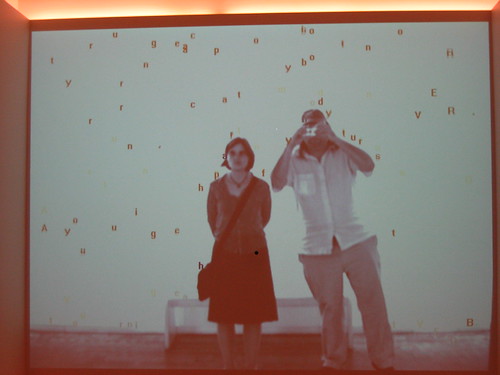One of the most interesting clubs in the world must be the society of MacArthur fellows. The MacArthur foundation awards a set of grants – colloquially known as “genius grants” – that provide $500,000 to a recipient over five years. The grants have no reporting requirements or deliverables attached, and there’s no application process – winners are selected through a complex process that involves nominations from august people in a wide set of fields. The nominees are announced annually, and the list is always fascinating, a mix of people well-known as innovators as well as others who, thought they’re doing brilliant work, you’d be unlikely to stumble upon unless you know their fields very well.
It’s great fun to read each year’s list and look for folks you’ve admired for years – John Zorn, Atul Gawande, Jonathan Lethem – and those you’ve never heard of, but who turn out to be utterly fascinating. (My favorite example of this latter category is Ted Ames, a fisherman and conservation biologist who gave one of my all-time favorite talks at Pop!Tech on tracking the cod population by talking to Atlantic fishermen about their catch in years past, extrapolating populations literally from fish tales.) I’ve been lucky enough to work with a couple of the extraordinary folks MacArthur celebrates – Jim Fructerman and Xiao Qiang – and to befriend half a dozen others.
But today’s the first time I’ve looked at the MacArthur list and seen the name of someone whose apartment floor I’ve slept on. My friend Camille Utterback is a brilliant digital artist, someone who’s combined a painterly set of aesthetics with a hacker’s desire to reconstruct and repurpose technology. Her best-known works are interactive video projections, where your presence in a space affects an artwork in subtle and complex ways. I’ve seen schoolchildren play with her pieces with the same enthusiasm they show for the XBox, and art critics get lost in works like Liquid Time.

Heather and I play with Camille’s “Text Rain” in Louisville, KY.
My perspective on these subtle, complex pieces is affected by the fact that, more than a decade ago, Camille worked as an intern in my R&D lab at Tripod. She built a set of toys in Shockwave, the precursor to Flash, and helped us figure out the limitations and potentials of the technology. While I can’t claim any responsibility for her subsequent success, I’m delighted to say I knew her when, and even more delighted that someone who’s so original, creative and such a decidedly lovely human being is being honored this way. Congrats, Camille.
Pingback: Camille Utterback ‘92- Awarded MacArthur : EphBlog
Comments are closed.